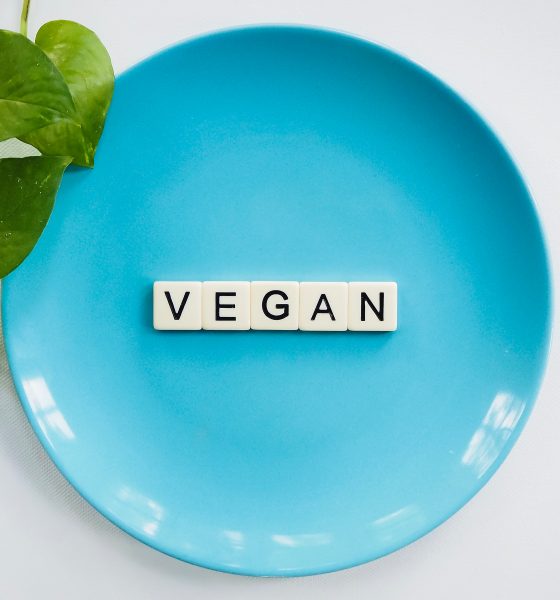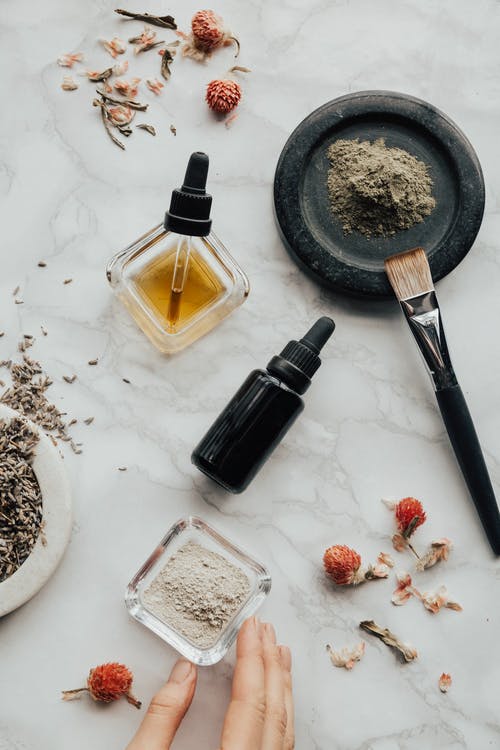If the mere thought of scanning a skincare label’s ingredient list causes you to nauseated with a side of head spins, you are not alone. And sometimes, similar to our favorite boxed mac and cheese, whether or not we all know there are likely sketchy ingredients lurking within, we do our greatest to feign ignorance. Because the thought of finding a replacement skincare regimen appears like the ask of a lifetime. Especially for the acne-prone.
Over the years, we’ve picked up bits of wisdom here and there—no alcohols! No comedogenic oils! No harsh ingredients! But when the time involves decipher an ingredient list as long because the product packaging itself, all previous standards are quickly chucked out the window and that we usually find yourself with something our friend likes, something that smells good, or something that simply sounds like it’ll work (or encompasses a buzzy brand behind it). However, in keeping with celebrity estheticians Renée Rouleau and Biba de Sousa, those are some of absolutely the worst belongings you can do when choosing products to beat your breakouts. So here are some of the ingredients you need to look into with the products you are buying for your skin that need to avoid.
- Acetylated Lanolin
Lanolin is a natural ingredient produced by sheep’s skin to keep their wool soft, just like we produce sebum to keep our skin soft. Lanolin is used in cosmetics and skin care products to provide softness and moisturization, but unfortunately, it’s highly comedogenic! It might also be referred to as acetylated lanolin alcohol, ethoxylated lanolin, PEG 16 lanolin or the less common name of solulan 16.
- Algae Extract
This nasty ingredient can be found in some concealers and is rated a 5 on the comedogenic scale. It’s very irritating to the skin and will definitely clog up your pores so make sure to avoid it.
- Almond Oil
Whilst almond oil is natural, it has pore-clogging abilities when used on the face. However, almond oil is great when used as an ingredient in natural, healthy body moisturizers as it does provide that extra bit of hydration for very dry skin. It’s rated 2 on the comedogenic scale so avoid using it on your face as well as your chest and back where acne flare-ups can also often occur.
- Benzaldehyde
This is an added fragrance used in cosmetics and skin-care products to give the product a nice scent. This, however, is one scent we can do without as it’s rated at about 3.5 on the comedogenic scale and clogs and irritates the skin the way all artificial fragrances tend to do.
- D & C Red
This will be seen as ‘D & C Red’ on the label and followed by a number. D & C # 19 has been banned. However, the following can still be found on the market. D & C Red # 3, D & C Red # 21, D & C Red # 30, D & C Red # 36, D & C Red # 40, D & C Red #27. Numbers 27 and 40 are rated high on the scale, whereas the others are rated as medium on the scale. These are added to give colour to cosmetics, usually blush, and might just be the cause of those pimples on your cheeks and acne in general, as they are highly comedogenic. Look for a range such as our Anti Ageing Minerals that don’t contain D&C Red.
- Isopropyl Palmitate
This fatty acid is a common ingredient in many tinted moisturizers and is rated as a 4 on the comedogenic scale. If a tinted moisturizer claims to be ‘non-comedogenic’, but this ingredient is on the label then you know you are being fooled!
- Ethyhexyl Palmitate
NARS may be a high-end makeup brand, but this horrible ingredient is found in their bronzer. Like Isopropyl Palmitate, Ethyhexyl Palmitate is also a fatty acid and rated as a 4 on the comedogenic scale. This ingredient is likely to result in small irritating bumps as a result of clogged pores.
An organic bronzer can give you a glowing sun-kissed complexion, without any added toxins.
- Lauroyl Lysine
This ingredient is found in many loose powders and prevents the skin from breathing, resulting in clogged pores and acne. It’s rated as high on the comedogenic scale. This is the last thing you want, especially in a face powder as it is applied all over your face!
All products in our Anti Ageing Minerals™ range are infused with Vitamin C and Rosehip Oil providing proven anti-ageing benefits while also nourishing and protecting your skin from free radicals, without clogging your pores and causing acne.
- Lauric Acid
Rated as high as four on the comedogenic scale, this is one fatty acid we don’t want in our lives, but it’s common in many well-known cosmetics and skin products. Keep in mind, while lauric acid is found on the comedogenic scale, it’s also found in coconut oil, and as we found out in a previous post, organic coconut oil is beneficial for your body. So before you deduce that lauric acid is the culprit, make sure there are no other factors like hormonal imbalance or poor diet contributing to flare ups.
- Stearic Acid
This ingredient is found in some expensive and high-end foundations, but you might want to save your money. Even though rated as fairly low on the comedogenic scale, this ingredient still has the potential for clogging your pores. This is especially bad news if you have sensitive skin or are prone to acne break-outs. You deserve a product that contains zero pore-clogging ingredients.
- Wheat Germ Oil
Wheat germ powder is beneficial for your health when consumed, but you might want to reconsider wheat germ oil as a face product. Rated as high on the comedogenic scale this oil will do your skin no favours.
- Sodium Chloride
The fancy name for salt, sodium chloride is an actual ingredient in some cosmetics including certain foundations. Who knew! Whilst you would probably consider salt to have exfoliating properties, it, in fact, does the opposite and clogs up your pores quite badly. Rated as a five on the comedogenic scale, sodium chloride should be avoided.
- Shea Butter
Shea butter is absolutely wonderful for moisturizing the body, but problems arise when it is applied to the face. It’s too rich and may clog your pores and cause acne. So use it on your body, but leave your face out of it!
This list is nowhere near definitive, but these potential comedogenic ingredients should be avoided if you want to keep your skin clear. Even though not everybody has a reaction to comedogenic ingredients, usually the rule is that if you can’t say it, don’t buy it. Be sure to check the labels and avoid any skin problems in the future, and if you’re still not sure, there’s an APP for that: check out the free Think Dirty APP (iOS only) from the APP Store. Think Dirty allows you to compare and find safer alternatives to toxic cosmetics products.



 Celebrities & Entertainment5 years ago
Celebrities & Entertainment5 years ago
 Celebrities & Entertainment5 years ago
Celebrities & Entertainment5 years ago
 Celebrities & Entertainment5 years ago
Celebrities & Entertainment5 years ago
 TV and Movies5 years ago
TV and Movies5 years ago
 Celebrities & Entertainment5 years ago
Celebrities & Entertainment5 years ago
 Makeup5 years ago
Makeup5 years ago
 Hair5 years ago
Hair5 years ago
 Celebrities & Entertainment5 years ago
Celebrities & Entertainment5 years ago




















